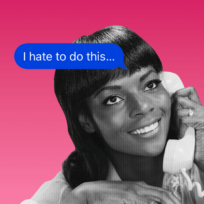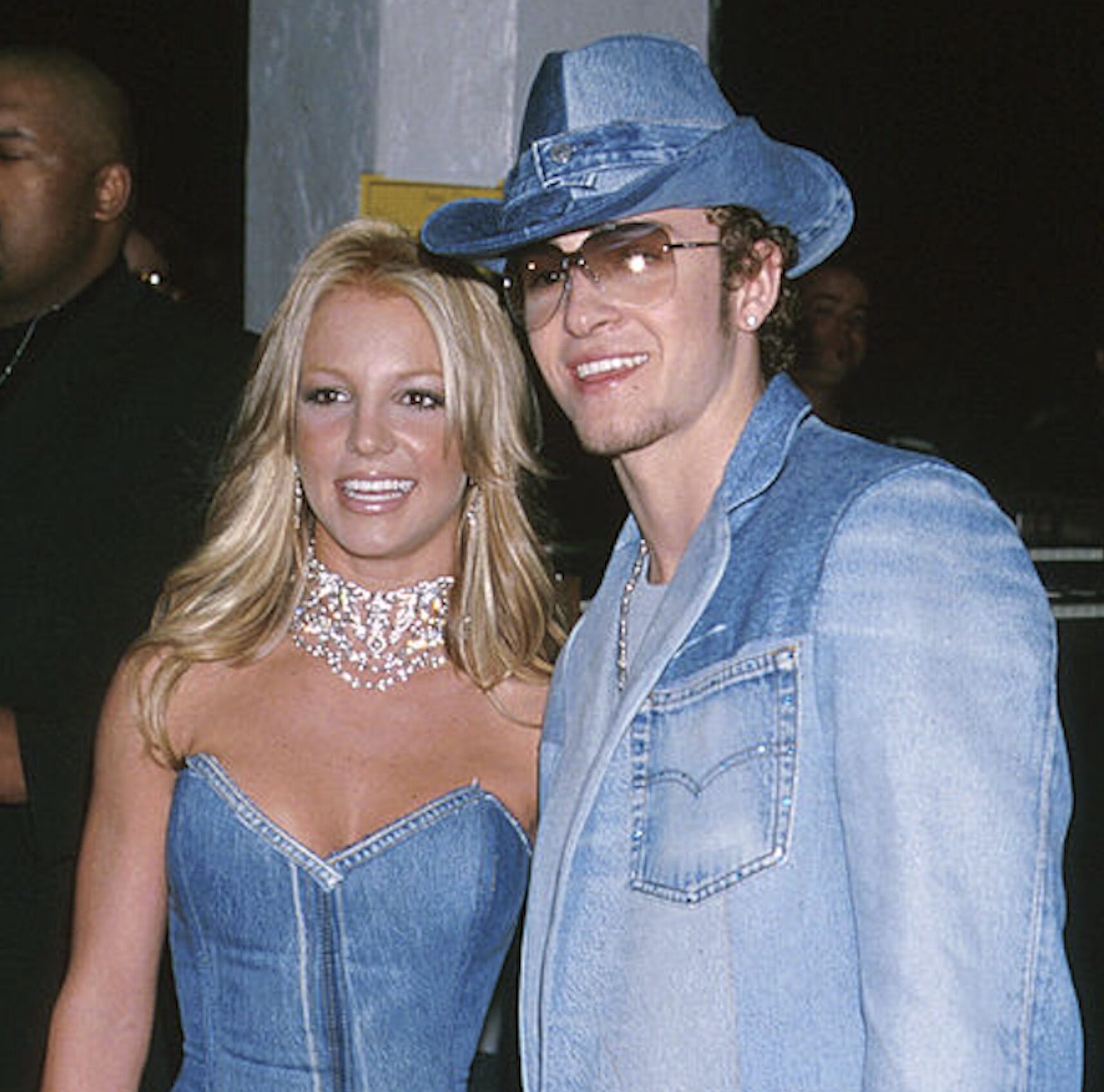Just because we’re in the middle of a pandemic doesn’t mean your hustle should be put on hold. For ambitious young professionals, the challenging times have served as motivation to come up with new, more innovative ways to stand out (virtually) to hiring managers. One of these more “direct” ways to make your job interest known is simple: send the company or business leader a direct message. Shoot your shot, girl.
This doesn’t mean you shouldn’t still apply for the position online, but afterward, why not send the company’s Instagram account a message introducing yourself? Let them know why hiring you is the best choice. Then, if you happen to do a little extended research on the company’s hiring manager, department manager or CEO/president, send them a message too. While this method may seem a little forward, it has proved successful.
Jessica May, a journalist in her 20s, is proof that a single DM can make all the difference in landing the job. In her final semester at the University of North Florida, May knew she wanted to pursue a career in journalism. She also knew that getting a foot in the door in such a competitive industry is often the hardest part. Thinking of alternative avenues into a role within the news business, May remembered that the digital content manager at a local station had spoken during one of her college classes. After multiple unanswered corporate online applications, she wondered if maybe he could help her get a job there.
“I reached out to him about the job I wanted with the idea being that even if he didn’t answer, at least I could say I tried. I used LinkedIn so he’d know I was keen on social media,” May explains. “Two weeks later he messaged me back asking when would be a good time to come in for an interview. Honestly, I didn’t really expect him to answer me, let alone offer me an interview.”
After a few years at that station, May was ready for a new career adventure, and maybe a somewhat normal work schedule. Yet right around the same time as she began exploring other opportunities, COVID-19 hit. Between hiring freezes and layoffs, career prospects weren’t exactly blooming last spring. Instead of losing hope, this time around May started sending DMs to companies she wanted to work for, regardless of whether or not they had posted openings—because, why not?
“I was talking with a friend about how cool it would be to run social media for a large company, and I said, ‘Let me just DM a company and see if they answer,’” May recalls, “The company I messaged replied asking for my resume, and a month later I began working for them. I needed to use my creativity to get noticed, and would never have guessed that could be done as easily as sliding into a company’s DMs. As it turns out, social media accounts can serve as resumes too.”
Social media expert Matt Navarra says he loves these sorts of social media hustle moves. He says his former employer, The Next Web, always encouraged this creative approach from candidates seeking roles with the company. The Next Web felt these messages demonstrated that the candidate has confidence, salesmanship skills, and creative thinking.
Geekout on Discord – Geeks Wanted
I’m finalising the setup of Geekout on Discord and need help.
I’m looking for people who:
1) Love Geekout / Social Media
2) Have lots of exp with Discord servers
3) Have exp of creating / using bots on DiscordIs that you? DM me.
— Matt Navarra (@MattNavarra) January 13, 2021
However, Navarra stresses that for those looking to try this method, they should do some research first. He believes that this sort of approach may only work for certain types or roles and in certain industries. For instance, less social media-savvy brands may not appreciate this approach.
“If you are going to slide into a company’s DMs and sell yourself into a role, I’d advise you to spend a bit of time honing your pitch. It needs to be very concise, original, and grab the intention of the person on the other end of the DM,” Navarra cautions. “And remember, [the person on the other end] won’t be a recruiter or HR staff. They will be a social media manager or similar, so think about how to appeal to them to spark the response you want and get your foot in the door.”
Although it takes courage to reach out, the “DM application” might be more common than you think, according to Hannah Morgan, founder of Career Sherpa. In her work as a job search and career search specialist, Morgan says she has seen job seekers use DMs and create qualification videos and accomplishment presentations in job application efforts. While these self-marketing materials are risky in the sense that there’s a chance they may never be seen, she says that “you also never know what will happen unless you try.”
Morgan adds that social media platforms are a great public forum to use to catch employers’ attention and get noticed. Job seekers should first understand the needs of the company they are targeting, then create their pitch to highlight how they could help the company succeed and overcome challenges.
“Only about 20% of jobs are filled through online job boards. This means that job seekers should diversify their strategies to include as many as possible,” Morgan, author of The Infographic Resume and co-author of Social Networking for Business Success, explains. “If they think about their search as a marketing campaign, they can use social media marketing strategies. Companies are on social media.”
For example, Paul Yacoubian, founder of copy.ai, recently took to Twitter to seek out his company’s first hire. How was he fielding job applications? Through DMs, or what he refers to as his “personal customer relationship management [CRM] system.”
I am looking for someone to help us build, run and scale growth at https://t.co/3MbLWEzu88.
This will be our first hire.
If you need a job description, this is not for you.
If you are interested, I want you to pitch me in my DMs.
If you know someone, tag them below.
— Paul Yacoubian (@PaulYacoubian) January 15, 2021
“DM‘ing an executive at a company you want to work at and showing them the passion you have for the company’s mission can give you a really high chance of success for getting an interview and landing a job at the company,” Yacoubian says. “You can add value by identifying some high-value project that the company isn’t doing yet, and just do it for them and show them the results too. DMs are the biggest value creation feature of any social network in my opinion, and Twitter’s is the best.”
Based on social media recruiting statistics, Morgan recommends engaging in career outreach on platforms such as LinkedIn, Facebook, Instagram, YouTube, TikTok and Snapchat, in addition to Twitter. She noted that smaller companies often have less structure and hiring hurdles, so they may be more responsive to a creative approach. Any hiring manager who respects innovation or out-of-the-box thinking may also be receptive.
“The best time to reach out to a company is before a job is available. Pitch yourself as a solution to the company and show how they need you on their team. Leaders are always on the lookout for their next great hire,” Morgan advises. “Aim high and be a risk-taker.”
Images: 13_Phunkod / Shutterstock.com; mattnavarra, PaulYacoubian / Twitter; Hannah Morgan / LinkedIn



















































